SCS Blog Search
| Title | |
|---|---|

|
Blog: Equitable Assessment in the Classics Classroom, Part 1 of 3Katherine Beydler, Ashli Baker, Elizabeth Manwell | |
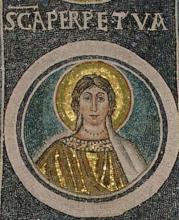
|
Blog: Co-Publishing with Students: An Interview with Eli Gendreau-Distler and Siddhant KarmaliThomas Hendrickson | |
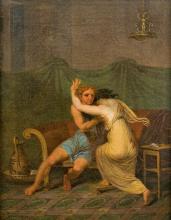
|
Blog: I Love You, I Hate You: A Student’s Perspective on Learning LatinRiya Juneja | |
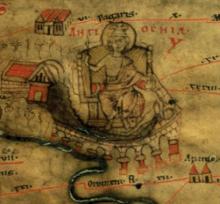
|
Blog: Power to Punish and Authority to Forgive: Imperial State and Imprisonment in 4th-Century AntiochAlberto De Simoni | |
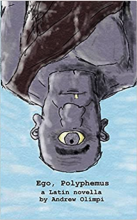
|
Blog: Latin Novellas and the New PedagogyThomas Hendrickson | |
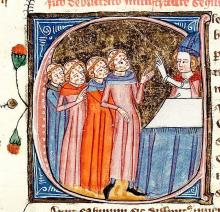
|
Blog: “Disease Discourse” as a Phenomenon: Classical, and Christian, and ContemporaryCarson Bay | |

|
Blog: How Can We Save Latin in our Public High Schools?Robert Simmons | |
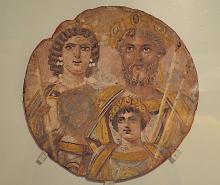
|
Blog: Diversifying Latin in High School and Middle School ClassroomsDanielle Bostick | |
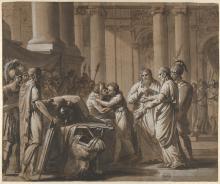
|
Blog: A Transitional Latin Reading EnvironmentEmma Vanderpool | |
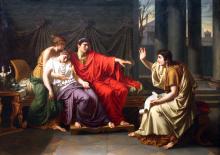
|
Blog: The Golden Line—From Classroom to CanonKenneth Mayer | |
A New Incarnation of Latin in China, by Yongyi LiEllen Bauerle, Yongyi Li | |
